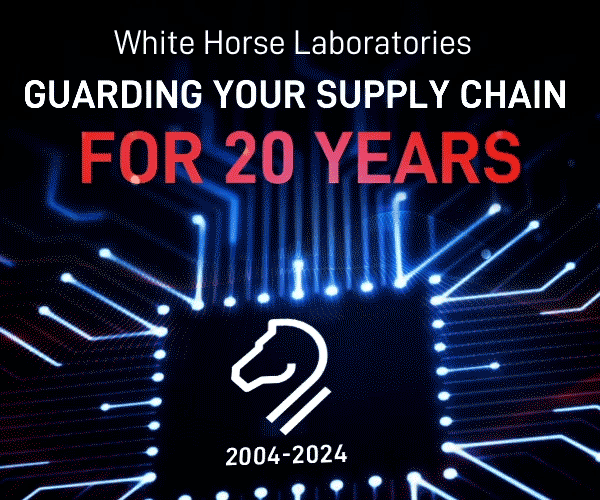Understanding the IMMEX Decree
Originally published on NAPS blog
Over the last two decades, Mexico has become an attractive nearshoring destination for many American businesses. The growing popularity of establishing manufacturing operations south of the border is due much in part to the IMMEX Decree, which provided significant incentives, exemptions, and economic benefits to IMMEX-registered businesses.
But how does the IMMEX program work? What are its characteristics, procedures, and requirements? Read on to learn more about the IMMEX decree.
The IMMEX Decree
In 2006, the Mexican government published the Decree for the Promotion of the Manufacturing, Maquiladora, and Export Services Industry (in Spanish, IMMEX) as a way to strengthen the Mexican export market on the world economic stage. For years, China had been seen as the go-to destination for offshoring, but IMMEX was viewed by many analysts as the first crucial step in challenging China’s manufacturing monopoly.
But what did the IMMEX decree do?
It created a maquiladora system where Mexican manufacturers could be authorized as IMMEX companies, so long as they were authorized by the state and followed the requirements within the decree. According to National Law Review, one of the primary draws was:
Under the IMMEX program, equipment and machinery may be imported and kept in Mexico temporarily as long as the program is in effect. Raw materials may only be kept in the country for 18 months (as a general rule). They must be incorporated to finished goods and exported or imported on a definitive basis.
Today, IMMEX companies can apply for a Value Added Tax, or VAT Certification, which allows them to forgo paying VAT taxes and compensatory quotas on temporary imports that will be used in manufacturing. Further, companies that receive a VAT certification have an extended permanence period of 36 months for temporarily imported goods.
This alone has been a massive draw to foreign manufacturers searching for ways to mitigate costs. But that’s not all it did. IMMEX also provided businesses with several tangible benefits, including:
- Access to a highly skilled and educated workforce
- Inexpensive labor costs
- Lowered shipping costs
- Increased turnaround times
The 5 IMMEX Modalities
To take advantage of IMMEX, a company must be registered under the IMMEX program with Mexico’s Ministry of Economy. Per Foley and Ladner LLP, to be granted status, a business needs to meet five obligations:
- Carry out annual export sales surpassing $500,000 or be at least 10% of total sales.
- Maintain an inventory record in an automated inventory control system (Anexo 24 statute).
- Export finished goods that were temporarily imported as parts within their authorized entry period.
- Submit an electronic report on total sales and exports annually.
- Submit monthly information for statistical and analytics purposes.
In addition, it’s important to recognize that there are five modalities—different types of IMMEX registrations—that apply to different types of businesses. They include:
- Holding Company IMMEX – One larger entity (the holding company) can hold an IMMEX registration that applies to multiple manufacturing subsidiaries, even if they’re separate legal entities. Under this modality, the holding company carries an IMMEX certification that covers everyone. As a result, they are responsible for ensuring that the subsidiaries maintain compliance with IMMEX general rules.
To abide by this IMMEX modality, the holding company has stringent requirements it must uphold, including the need to submit detailed records (such as contracts between the subsidiaries and shareholder minutes).
- Industrial IMMEX – The simplest of IMMEX modalities. This form applies to manufacturers that will be using temporary-import goods to make a final good that will then be soon exported.
- Services IMMEX – This modality is for service companies that support IMMEX-registered importers and exporters. Examples include legal firms, tech companies, and recyclers. To register, the service company must do so at the discretion of the Department of Economy.
- Shelter IMMEX – Registered Mexican companies can serve as shelters for manufacturers that do business under the auspices of the shelter’s IMMEX registration. The shelter company serves as the legal representative and assumes all risk and liability.
Foreign companies may choose this because the shelter company provides liability protection, guidance, and a wealth of experience. The shelter is an established company that already has a growing network. It is perfectly positioned to help foreign businesses navigate local, state, and national regulations.
- Third-Party IMMEX (Outsourcing) – If a certified business doesn’t have manufacturing facilities or capital necessary to handle production on its own, it can outsource manufacturing work to a third party that registers with IMMEX. In order to do so, both companies take on joint liability for the temporary-import goods.
Manufacturing in Mexico
If you want to move your production process to Mexico and enjoy the tangible benefits of IMMEX, there are dozens of obligations and reporting requirements your business must fulfill to obtain and then maintain IMMEX status.
Because of this, you need a partner to help you throughout the process so that you can set up shop as fast and efficiently as possible.
That’s where NAPS comes in.
For over 27 years, North American Production Sharing, Inc. (NAPS) has helped more than 150 companies successfully manufacture in Mexico. We specialize in outsourced administrative and compliance management services—and we can help you too.
Reach out today to find out more about how we can help your operations.
Sources:
- National Law Review. Do You Know What IMMEX Stands For? https://www.natlawreview.com/article/do-you-know-what-immex-stands
- Foley & Lardner LLP. Do You Know What IMMEX Stands For? https://www.foley.com/en/insights/publications/2019/07/do-you-know-what-immex-stands-for










